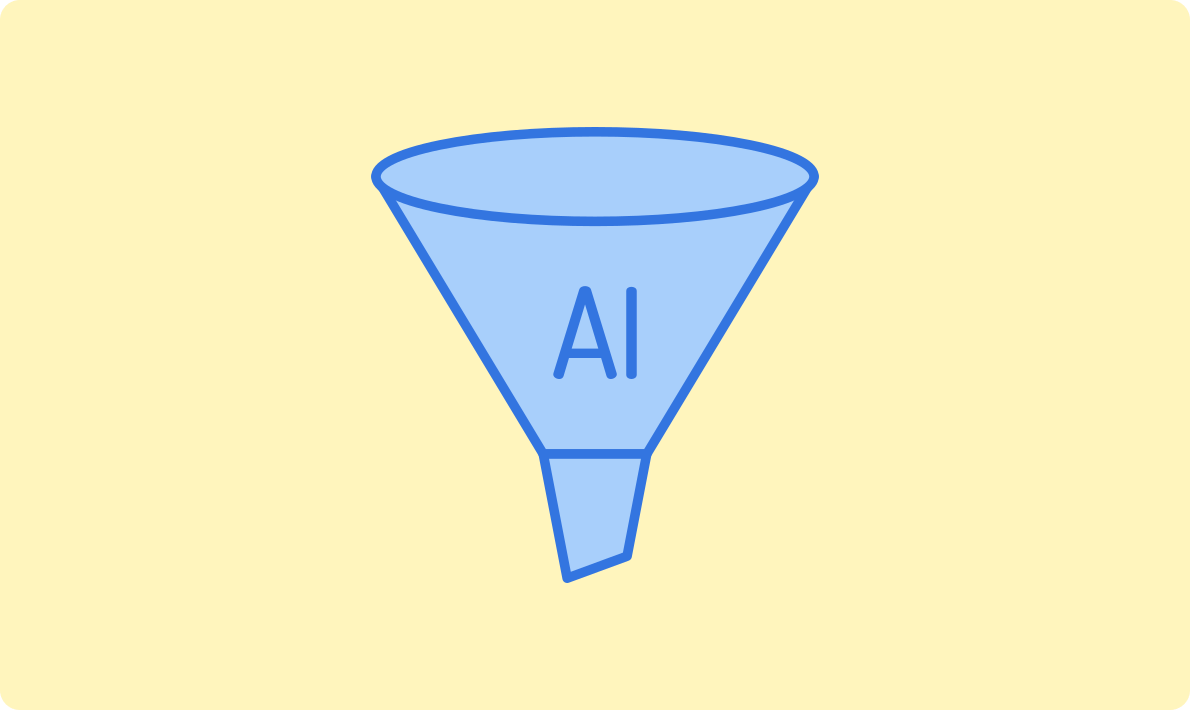
人工智能(AI) VS 商業智能(BI) 區別與聯系是什么?
TDK生成器API是該類功能的API接口形態,供使用者通過編程的方式對接它,給使用者提供自動化的生成能力。本文主要以5118.com功能的TDK生成器API接口做為案例,講解如何對接API接口,具體如何在應用中深度使用,屬于產品范疇,不在本文章的內容中。
TDK生成器API相對于人工撰寫的TDK,它有以下顯著優勢:
TDK生成器有多種服務商,本文主要選擇5118.com的API接口,因此了解更多關于TDK生成器API,請訪問API Hub中的API服務詳情頁。
TDK生成器API適用于以下用戶場景,通過集成API來提升工作效率:
該類服務一般沒有風險,請放心使用。注意:企業內部信息,不適合使用該工具。如果想了解使用者的風險,請在搜索框輸入‘隱私政策’。
該類API服務商一般都非常安全,請放心使用,畢竟您的內容本身就是公開的。如果想了解API安全性,請在搜索框輸入‘API安全’或‘隱私政策’。
以下是如何在Python、PHP、Ruby三種開發語言通過冪簡集成API集成平臺開放網關調用TDK生成器API的示例代碼。
import requests
host = "https://open.explinks.com"
path = "/v2/scd2024061814753aa6cbc1/tdk-generator"
payload = {
"url": "http://www.dlbhg.com/api/scd2024061814753aa6cbc1"
}
headers = {
"Content-Type": "application/json",
"X-Mce-Signature": "AppCode/{{AppCode}}"
}
response = requests.post(host + path, json=payload, headers=headers)
status_code = response.status_code
print("HTTP 狀態碼:", str(status_code))
print(response.text)<?php
$host = "https://open.explinks.com";
$path = "/v2/scd2024061814753aa6cbc1/tdk-generator";
$payload = array(
"url": "http://www.dlbhg.com/api/scd2024061814753aa6cbc1"
);
$headers = array(
"Content-Type: application/json",
"X-Mce-Signature: AppCode/{{AppCode}}"
);
$ch = curl_init();
curl_setopt($ch, CURLOPT_URL, $host . $path);
curl_setopt($ch, CURLOPT_POST, true);
curl_setopt($ch, CURLOPT_POSTFIELDS, json_encode($payload));
curl_setopt($ch, CURLOPT_HTTPHEADER, $headers);
curl_setopt($ch, CURLOPT_RETURNTRANSFER, true);
$response = curl_exec($ch);
$status_code = curl_getinfo($ch, CURLINFO_HTTP_CODE);
curl_close($ch);
echo "HTTP 狀態碼: " . $status_code . "\n";
echo $response;
?>require 'net/http'
require 'json'
host = 'https://open.explinks.com'
path = '/v2/scd2024061814753aa6cbc1/tdk-generator'
payload = {
"keywords" => "example, SEO, optimization",
"sub_keywords" => "AI, machine learning"
}.to_json
headers = {
"Content-Type" => "application/json",
"X-Mce-Signature" => "AppCode/{{AppCode}}"
}
uri = URI("#{host}#{path}")
response = Net::HTTP.post(uri, payload, headers)
status_code = response.code
puts "HTTP 狀態碼: #{status_code}"
puts response.body如果您不想使用TDK生成器的商業化API接口、可以使用免費API,或者AI內核的 AI TDK生成接口,其它一些TDK生成器服務商也可以選擇:
同時有一些開源庫可以作為替代方案(編程高手的你肯定喜歡),例如:
以下是使用Python的NLTK庫生成SEO標題和描述的示例代碼:
import requests
import nltk
from nltk.corpus import stopwords
from nltk.tokenize import word_tokenize, sent_tokenize
from nltk.stem import PorterStemmer
# 確保已經下載了所需的NLTK資源
nltk.download('punkt')
nltk.download('stopwords')
def generate_title_and_description(text, max_title_length=60, max_description_length=150):
# 分詞和去除停用詞
tokens = word_tokenize(text.lower())
stop_words = set(stopwords.words('english'))
keywords = [word for word in tokens if word not in stop_words and len(word) > 3]
# 選擇關鍵詞
selected_keywords = keywords[:5]
# 生成標題
title = ' '.join(selected_keywords[:min(len(selected_keywords), max_title_length//6)])
# 生成描述
sentences = sent_tokenize(text)
description_sentences = [sent for sent in sentences if any(word in sent.lower() for word in selected_keywords)]
description = ' '.join(description_sentences[:min(len(description_sentences), max_description_length//10)])
return title, description
# 示例文本
text = requests.get('http://www.dlbhg.com/blog/tdk-generator-api-code-example/').text
# 生成TDK
title, description = generate_title_and_description(text)
print("Title:", title)
print("Description:", description)冪簡集成是國內領先的API集成管理平臺,專注于為開發者提供全面、高效、易用的API集成解決方案。冪簡API平臺可以通過以下兩種方式找到所需API:通過關鍵詞搜索API(例如,輸入’TDK‘這類品類詞,更容易找到結果)、或者從API Hub分類頁進入尋找。
此外,冪簡集成博客會編寫API入門指南、多語言API對接指南、API測評等維度的文章,讓開發者快速使用目標API。